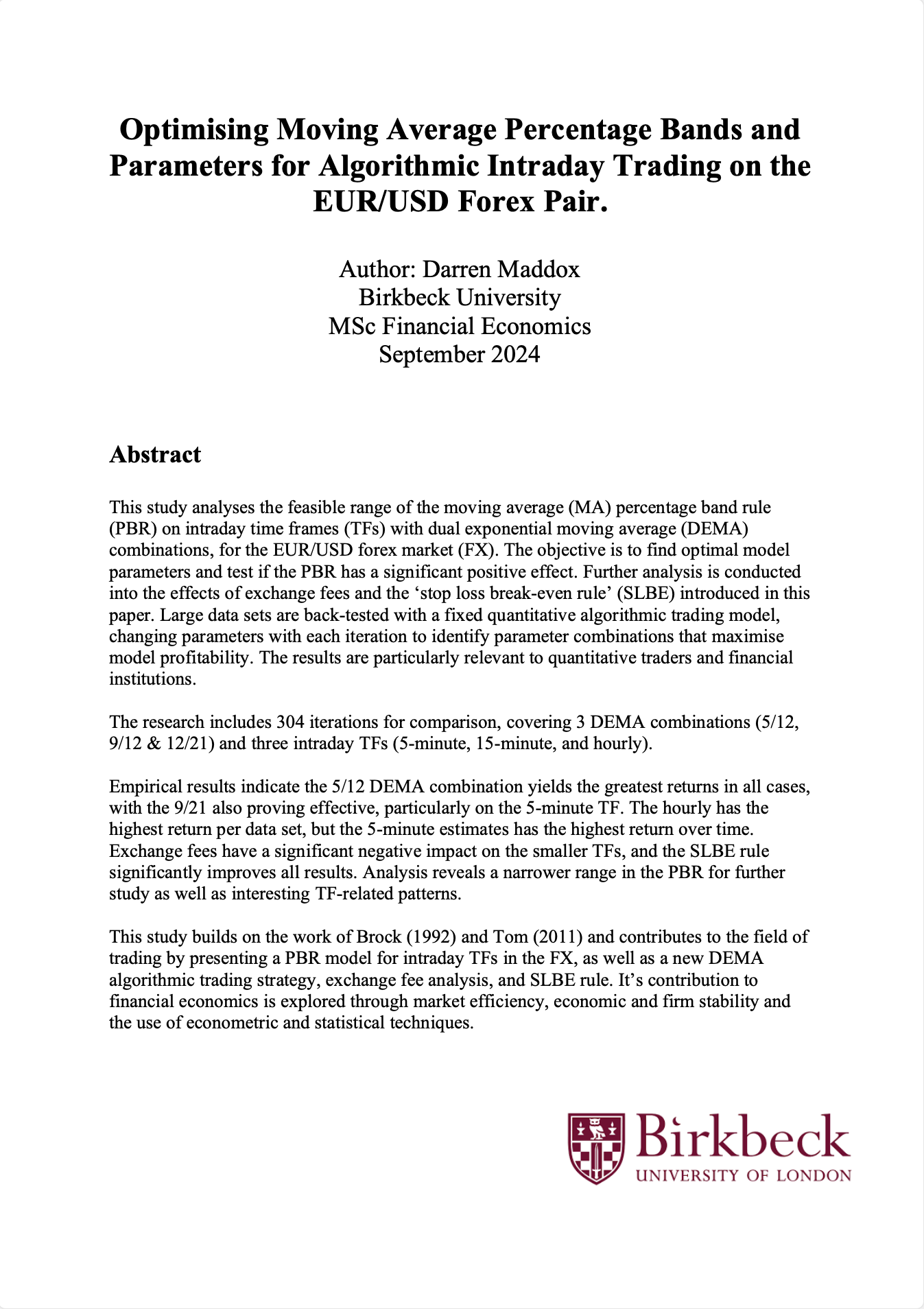Effective risk management not only ensures capital preservation and consistent performance across trading and investment strategies but allows for larger position sizing and compounding. You must have a fluid bias; the market doesn't care what you believe, and it doesn't give participation trophies. Probability and the law of large numbers are all that matter to consistently make money in the long run. Do not mistake luck with skill; the only skill is discipline and emotional control. I outline my preferred methods here.
- Position Size: Identify stop-loss and allocate no more than 1% of capital per trade position. I limit exposure to 0.5% on volatile assets (e.g., alt coins) due to higher volatility. 3% for investment positions max.
- Stop Loss: Always identify the price at which you no longer want to be in the position, often below/above key support and resistance.
- Taking Profits: Constantly take a portion of profits as price moves in your favor. You never know when it will come back against you sharply. Plus, you have more cash to compound and buy in lower!
- Dynamic Stop Loss: Use Average True Range (ATR), weekly/monthly opens (with breadth), or DEMA cross signals to set dynamic stop-loss levels based on asset volatility, ensuring dynamic risk adjustment.
- Portfolio Rebalance: Diversify investments between cash and assets, rebalance quarterly to mitigate systemic risks.
- Over-Analysis: Simplify: Find your system, keep it simple, and stick to it. Over-analyzing with too many lines and indicators can lead to paralysis by analysis from all the noise. Try to stick to just a few select assets at first.
- Tax Implications: Consider capital gains tax implications of closing large positions; you may want to move jurisdictions.
- Market Psychology: You are the biggest risk to your own portfolio; control your emotions, understand market dynamics, and understand risk management.

